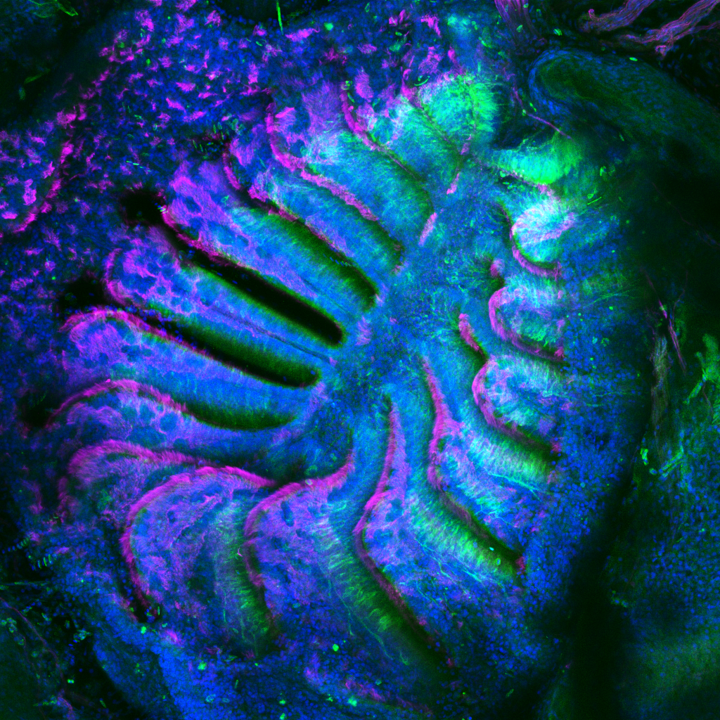Mert Ege
The impact of cerebrospinal fluid flow on the chemical landscape of the zebrafish brain
Mert Ege
Research Group: Cilia and Brain Physiology
Department of Clinical and Molecular Medicine, Faculty of Medicine and Health Sciences

The cerebrospinal fluid (CSF) is an integral part of the brain architecture; its traditional role being hydromechanical support, though more recent research has been uncovering its importance in other aspects of brain maintenance and transfer of crucial neuromodulatory molecules.
To what extent the CSF plays a role in the active delivery of these molecules to their target locations is poorly understood. The flow of this fluid, along with the other complementary fluids of the brain are tightly regulated by a plethora of mechanisms at play. One major constituent in this complex interplay is the activity of motile cilia within the brain ventricles. These organelles line the inner cavities of the brain and through their movement help propagate the fluid flow, which enables us to use ciliary mutants to study the potential outcomes in neural activity and development when the CSF flow is altered, and even how that relates to animal cognition and behavior. To this end, my project uses the highly malleable and practical zebrafish (danio rerio) as a model organism.
In order to identify any potential effect of an altered CSF on the brain, my project will first focus on generating a metabolomic map of the zebrafish brain, with particular focus on the telencephalon, using a combination of imaging techniques, such as the Matrix Assisted Laser Desorption Ionization – Time of Flight Mass Spectrometry Imaging (MALDI-TOF MSI), a novel approach to visualizing the spatial distribution of molecules on tissue samples not yet extensively applied to brain tissues, as well as confocal imaging and single-cell RNA sequencing data.
Once the healthy brain is mapped out, I will be using the same techniques on ciliary mutants with altered CSF flow to investigate how the metabolomic map of the brain shifts. I will also be complementing my project with behavioral assays on freely-swimming zebrafish, testing out various cognitive skills like learning and memory and identify how such behaviors are subject to change with the shifting brain landscape.
My project aims to lessen our current gap of knowledge on the CSF and reveal its potential significance in brain development and activity. To do so, it brings together techniques used in other biomedical fields such as cancer research and adapts them to brain research and intends on generating a comprehensive multi-omic atlas of the zebrafish brain that will have many potential applications for future research in neuroscience.
Main supervisor: Nathalie Jurisch-Yaksi
Project period: 2021-2024

